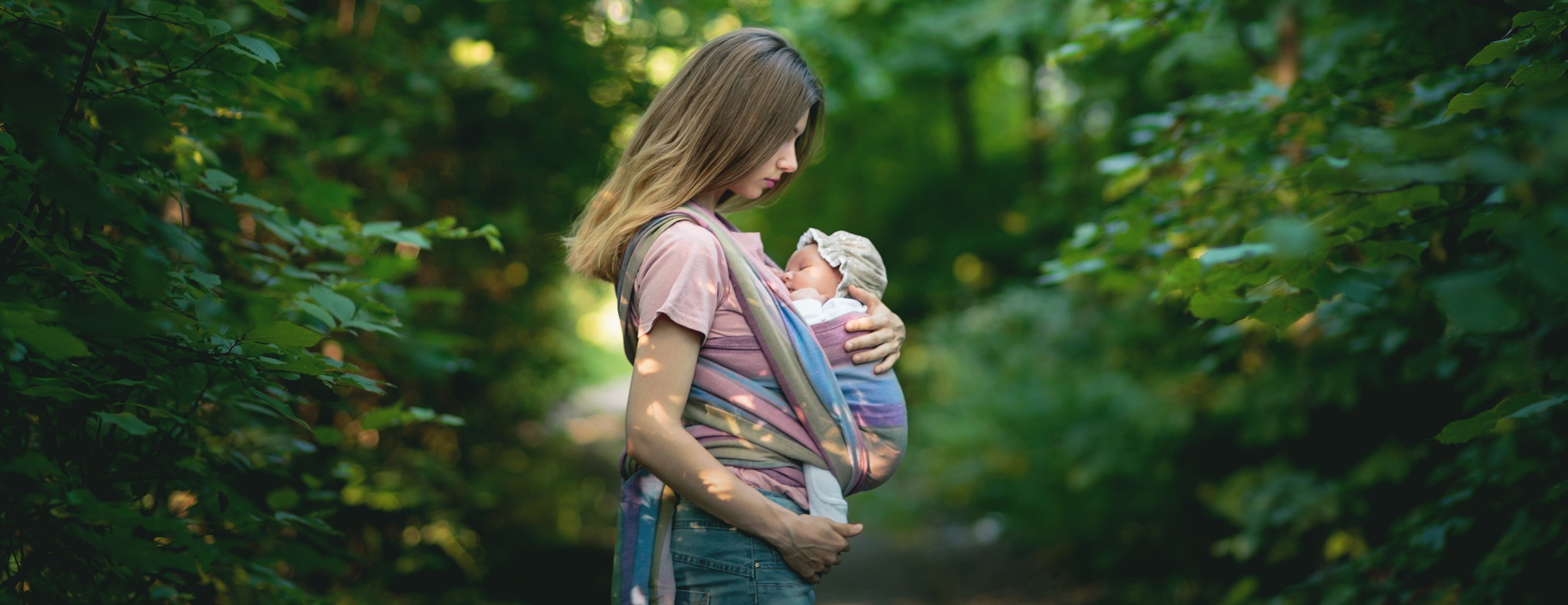Melanoma is among the most common forms of cancer for young adults 15-29. Some experts blame the inappropriate use of sunscreen, saying that people do not apply enough lotion (a golf ball-size dollop) or do not reapply it as frequently as required. Products can no longer claim to be waterproof, only water-resistant, and labels must note a time limit of either 40 or 80 minutes before the sunscreen is ineffective.
Sunscreen is just one of the defenses against the harmful effect of UV radiation. Strategies such as seeking shade and dressing children in sun-protective clothing are just as important. A bad sunburn in childhood or adolescence doubles the risk of melanoma later in life, according to the Skin Cancer Foundation.
Rates of skin cancer—including melanoma, the most serious form of skin cancer—continue to rise, even in young people. Parents need to be extra vigilant about sun protection all the time. Just one blistering sunburn in childhood more than doubles a person's chances of developing melanoma later in life. Young skin is delicate, thinner, and produces less melanin, a skin protecting pigment. Ultra violet (UV) rays reach the skin’s pigment producing melanin cells, called melanocytes, and cause DNA damage to the skin.
Infants
0-6 months:
- Infants under 6 months of age should be kept out of direct sunlight.
- Avoid using sunscreen. Baby’s young skin doesn’t have the ability to metabolize and excrete chemicals often found in sunscreens.
- Dress baby in lightweight sun—protective clothing that breathes and covers the arms and legs.
- Always protect your baby’s head, face, ears, and neck with a wide-brimmed hat. A baby who wears a hat during the first few months will get used to having it on.
- Use stroller shades and umbrellas.
- Use removable mesh window shields to keep direct sunlight from coming in through the windows of your car or invest in UV window film, which can screen almost 100 % of ultraviolet radiation without reducing visibility.
- Use sunglasses with UVA/UVB protection. Eyes are affected by exposure to the rays of UV radiation. Overexposure to UV light contributes to the development of cataracts, retinal damage and other eye problems. Experts report that as much as 80% of UV damage to our eyes is done before the age of 18, making it even more important all of us to start protecting our eyes at an early age.
- Take walks early in the morning before 10 AM or after 4 PM and use a stroller with a sun—protective cover.
Babies
6-12 months:
- It's now safe to use sunscreen on babies. Choose sunscreen designated for infant skin, and one that won't sting baby's eye.
- All the protection methods explained above still apply, however now sunscreen use should be incorporated.
- Apply broad-spectrum sunscreen with a minimum SPF of 30, with UVA/UVB protection particularly to areas left uncovered such as baby's hands. Some children experience allergic reactions to various sunscreen ingredients. Test a product first by applying a small amount to a limited area of skin. Choose a product that is hypoallergenic and fragrance-free.
- Most importantly, sunscreen must be applied 30 minutes before going outside and reapplied every two hours or after swimming or excessive sweating. Products can no longer claim to be waterproof, only water-resistant, and labels must note a time limit of either 40 or 80 minutes before the sunscreen is ineffective.
Toddlers/Pre-School Age
- Protecting toddlers from the sun requires a little more thought and effort. It is important to educate your child and caregivers.
- All the protection methods explained above still apply, including how sunscreen use should be incorporated
- Make sure your child seeks the shade between 10 AM and 4 PM. Check the outdoor area where your child plays to make sure there is adequate shade.
- Make sure toddlers are covered. Long-sleeved, unbleached cotton clothing is cool and comfortable, while also highly protective. Clothing with an Ultraviolet Protection Factor (UPF) listing on the label offers extra security. The Skin Cancer Foundation recommends clothing with a UPF of 30 or higher.
- Don't forget hats and sunglasses. Choose a wide—brimmed hat that protects face, neck, and ears.
Pigmentation
Whatever our skin color, we're all potentially susceptible to sunburn and other harmful effects of exposure to UV radiation. Although we all need to take precautions to protect our skin, people who need to be especially careful in the sun are those who have.
- pale skin
- blond, red, or light brown hair
- been treated for skin cancer
- a family member who's had skin cancer
Sunglasses
Children under age 10 are at a high risk for skin and eye damage from UVR. The skin on their eyelids and around their eyes is more delicate and vulnerable than adult skin. And until about age 10, the lens of a child's eye is clear, allowing greater solar penetration and thus greater UVR—induced ocular changes.
Retinal exposure to UVR is associated with cataracts and macular degeneration, both causes of vision impairment. UVR damage builds over time, so the sooner you start protecting your children's eyes from the sun, the lower their risk will be of ever developing future eye problems.
Fortunately, good sunglasses protect both the skin around the eye and the eye itself. While children under 6 months old should never be exposed to the sun, once they reach 6 months, they should wear sunglasses outside. If they require prescription glasses, they should also wear prescription sunglasses.
Keep these rules in mind when buying sunglasses for children:
- Find glasses that block 99-100 percent of both UVA and UVB rays. Buy ones that indicate the percentage of UVR protection they provide. The more skin covered, the better, so look for large, wraparound styles.
- Use playground-proof lenses. Kids run, trip, fall, and bounce off objects at alarming speed. Their sunglasses should match this active lifestyle. Find impact-resistant, scratch-proof lenses that don't pop out of the frames. Avoid glass lenses, unless recommended by a doctor; plastic is safer. Frames should be bendable but unbreakable. Make sure the glasses fit snugly, close to the face.
"Sun Protective” Clothing
Clothing is the single most effective form of sun protection. It is our first line of defense against the sun’s harmful ultraviolet rays.
Clothing made with sun-protective fabrics differs from typical summer fabrics in several ways. They typically have a tighter weave or knit and are usually darker in color. Sun-protective clothes have a label listing the garment's Ultraviolet Protection Factor (UPF) value. The UPF label will help you identify sun-protective garments. The number on the label indicates what fraction of the sun’s rays can penetrate the fabric. The higher the UPF, the higher the protection.
A fabric with the minimum recommended UPF rating of 20 allows 1/20th of the sun's UV radiation to pass through it. This means that this fabric will reduce your skin's UV radiation exposure by 20 times where it's protected by the fabric. The more intense the hue, the better the UV defense—dark or bright colors, like red or black, absorb more UVR than white.
What is SPF?
SPF, or Sun Protection Factor, is the amount of UV radiation required to cause sunburn on skin with the sunscreen on, relative to the amount required without the sunscreen. SPF protection doesn't increase proportionally. For example, SPF 2 absorbs 50% of UV radiation, SPF 15 absorbs 93%, and SPF 34 absorbs 97%.
What is UVA & UVB?
UVA and UVB refer to different kinds of ultraviolet radiation. Exposure to UVA and UVB can be harmful and cause cancer. Sunscreens protect from UVB rays, but not all sunscreen product screens out all UVA rays. Some may advertise UVA protection, but no criteria exist in the U.S. for measuring and labeling the amount of UVA defense a sunscreen provides yet.
What is Broad-spectrum protection?
“Broad-spectrum” indicates that a product shields against UVA and UVB. It does not guarantee protection against all UVA wavelengths, however. Most broad-spectrum sunscreens and sunblocks with an SPF of 30 or higher do a good job against UVB and short UVA rays. If they also contain avobenzone, zinc oxide, or titanium dioxide, they should be more effective against the entire UVA spectrum.
- Water and perspiration reduce the SPF value of many sunscreens—even those that are water-resistant—so be sure to reapply the product often.
- Sunscreen sprays may not work as well to prevent sunburn. The concern is twofold: that not enough sunscreen makes it onto the skin, and that the spray may be inhaled into the lungs.
- If your baby is taking medication, ask your doctor or pharmacist if the medications increase your baby’s skin sensitivity to the sun or aggravate sunburns or rashes. Certain antibiotics, diuretics, antihistamines, and antidepressants are among the commonly used drugs that can increase sensitivity to the sun's rays.
- Experts estimate that about half of the recommended amount of sunscreen is applied on their children. Read the product’s usage instructions to make sure you are using the proper amount.
- Apply sunscreen at least 30 minutes before your child will be exposed to the sun.
- Reapply sunscreen regularly and at least every 2 hours. Repeat application more often if your child is swimming or sweating.
- Use sunscreen even if it is cloudy outside. Clouds don't absorb or block UV radiation.
Sun Exposure & Vitamin D
Some sunlight is good for you and is needed for bone health. It has been suggested by some vitamin D researchers that approximately 5 to 30 minutes of sun exposure at least twice a week to the face, arms, legs, or back without sunscreen usually lead to sufficient vitamin D. Individuals with limited sun exposure need to include good sources of vitamin D in their diet or take a supplement to achieve recommended levels of intake.






























